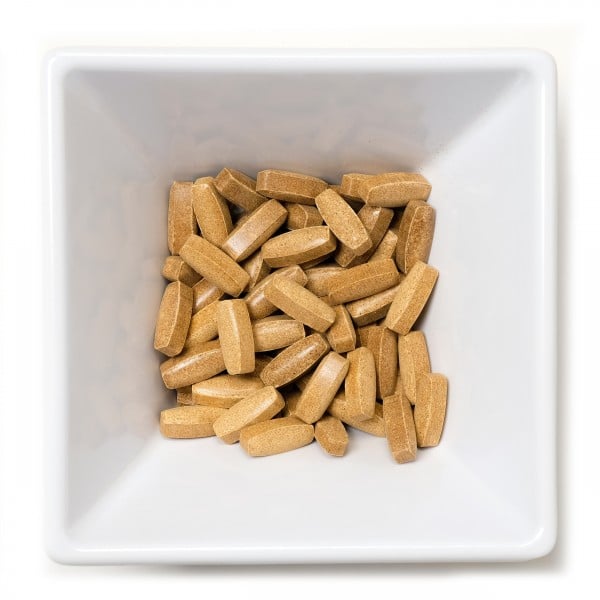While you might be new to the idea, uses, and strains of kratom, this botanical has been present in the world for hundreds, if not thousands, of years. Today, kratom is often written off as a fad that is sure to fade into obscurity, but we know that isn’t true because kratom is not a new thing.
One country in particular that we can look to in order to see the history, progression and current state of kratom usage is Malaysia. Many strains of kratom that you see on the market today are named after this country, but does the country still share the same love for kratom that it shares with its namesake?
Let’s explore more about this history so that we can have a better understanding of the past, present, and future of kratom in Malaysia.
How Kratom Grows In Malaysia
Kratom is known as a Malaysian specialty because kratom trees grow so well there. In fact, the land and climate found there are the exact conditions needed for the best kratom to thrive. Kratom is a tropical tree, and the tropical climates of Malaysia suit it well.
There is some evidence that kratom has been growing in the region that is now Malaysia for hundreds or thousands of years. Whether or not that is true, what is obvious is that kratom has and will continue to grow there.
Kratom requires a few key things to be able to grow successfully:
- • Fertile, rich land
- • Soil that is wet most of the time
- • High humidity
- • Lengthy rainy season
Malaysia fits the bill in all of these areas! Kratom trees found in Malaysia have been recorded at heights of up to 60 feet tall. These gigantic trees can get very wide, and their overall structure is amazing.
How Kratom Is Used In Malaysia
While it is thought that kratom was first used socially in Thailand, it quickly spread to Malaysia with the growth of other supplements and botanicals. Kratom was used for centuries by people who wanted to relax and feel good after a long day of work.
Later, however, the primary reasons for using kratom changed, and more people sought out kratom for wellness purposes. In the 1800s, kratom became well-known as a beneficial botanical.
Kratom use continued from the 1800s onward with little regulation from any type of government organization. In 1952, that changed. The Malaysian government passed The Poisons Act of 1952. This document outlined the fines and rules that would surround kratom, its processing, and how it could be used.
Usage Today
Despite that law being passed in 1952, kratom use has continued with regularity. Its usage is even more prevalent in smaller working towns where the days are long and require a lot of physical exertion. In particular, the northern regions of Malaysia see high usage rates.
There is also still some evidence of kratom consumption for various therapeutic purposes. While hard statistics about this group are hard to come by, some numbers suggest that many of these people are regular consumers, drinking kratom tea an average of five times a week.
Is It Legal To Use Kratom In Malaysia?
One point of confusion that often gets to people when they are researching kratom in Malaysia is the simple fact that it is technically illegal to use kratom there. Though it is illegal, the government does not put much time or money into ensuring that Malaysians follow these rules. Plus, the rural areas where kratom usage is most common are even less frequently watched.
Is It Legal To Sell Kratom As A Malaysian?
Though it is illegal to take kratom in Malaysia, it is not illegal to cut it and send it out for foreign export. As long as the leaves are not processed, a profit can be made from the harvesting and exportation of the leaves.
Farmers in Malaysia must also obtain a license to grow kratom for export before they begin harvesting. This license is available to Malaysians, but they must agree to not use kratom or sell it domestically.
Will Kratom Ever Be Legal In Malaysia?
Some kratom fans have suggested that it should be legal in Malaysia since that is where so much of it is grown. Others say that there is no way that this strict Southeast Asian country will ever change the rules. Ultimately, it is impossible to know what will happen in the future.
The majority of Malaysians do not use kratom or see it as a very important issue. There have been some movements to change its legal status, but they have not gained much traction since there is a limited kratom community. In a way, that situation is similar to how kratom was viewed in the US before 2010.
One thing that we can say with confidence is that the situation regarding kratom legality in Malaysia will depend on how the kratom community grows around the world. If and when the community gets bigger, it is likely that the government will want to profit from that expansion and change their laws to make this possible as well.
Ultimately, the demand for kratom around the world may decide the legal status of kratom in Malaysia as well. If there is no longer a profitable export market, the substance could be banned outright.
Look To The Past And The Future
While it can be confusing to understand how Malaysian kratom law ended up being the way that it is today, the history of its usage is still very interesting. Over time, the status and uses of kratom in a country where it grows so well have constantly changed. In the future, it will change even more.
However, it is important to remember that kratom has been a part of Malaysian history for centuries and will continue to have a presence there in the future, even if the shape of that presence changes over time.











